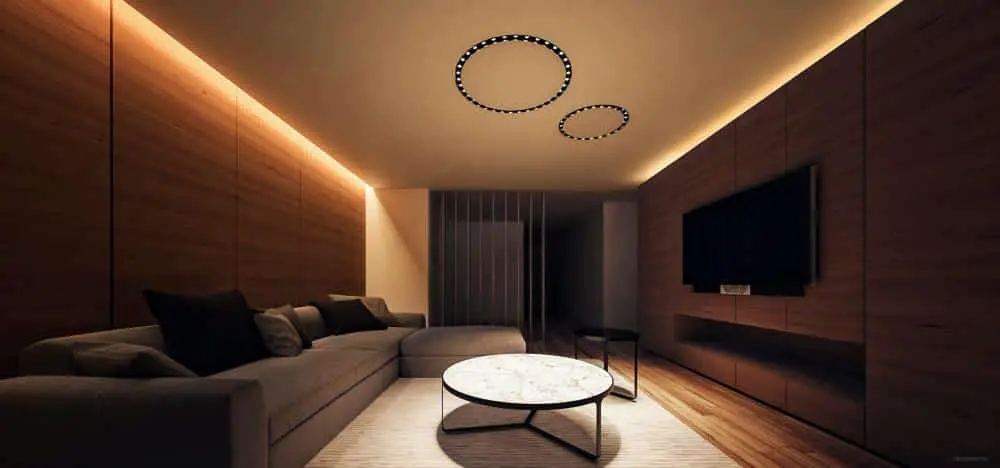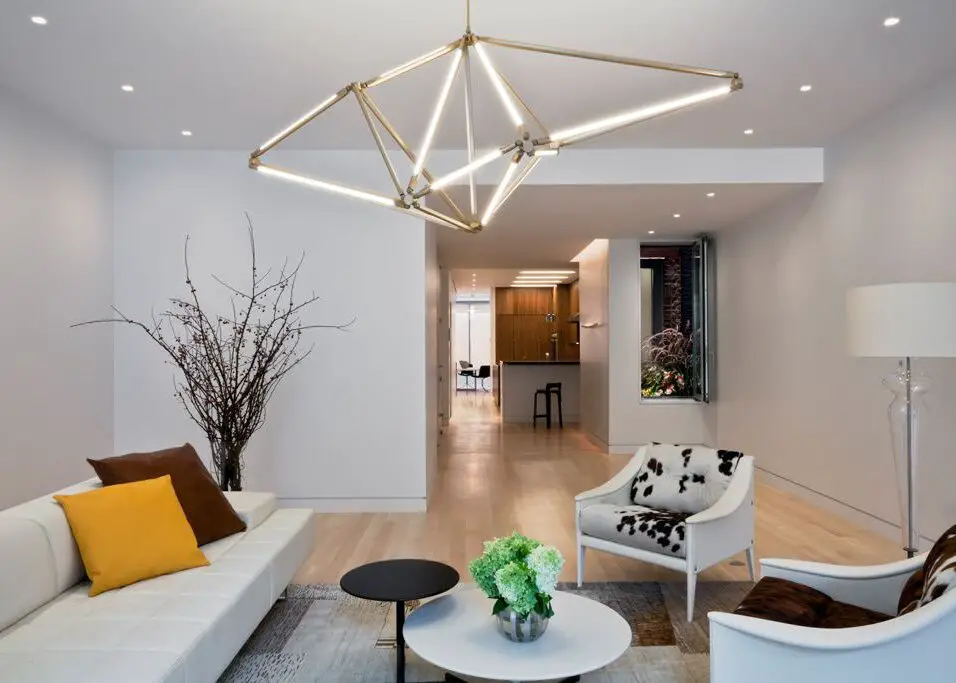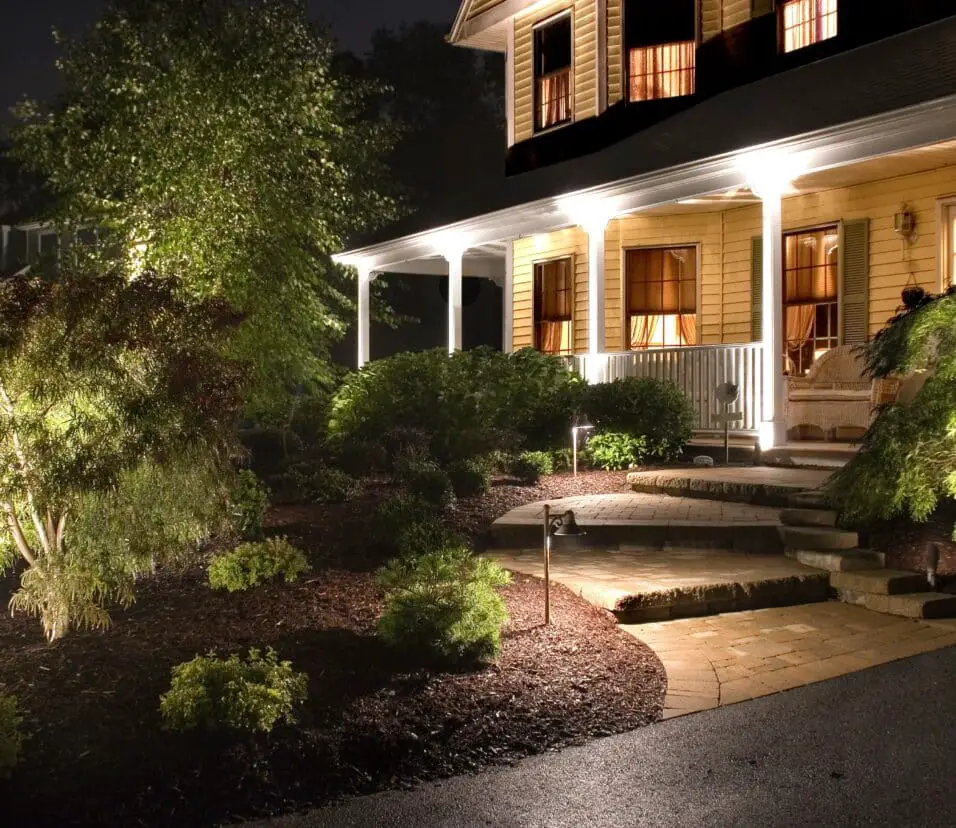How To Become A Lighting Designer
Introduction
How To Become A Lighting Designer: Becoming a lighting designer is a captivating journey that blends creativity, technical expertise, and an innate understanding of how light influences spaces and emotions. Whether it’s illuminating a theatrical production, enhancing the ambiance of a luxurious hotel, or designing lighting schemes for architectural masterpieces, lighting designers play a pivotal role in creating captivating visual experiences. If you find yourself drawn to the artistry of light and aspire to embark on a career that marries aesthetics and technology, this guide will provide you with valuable insights on how to become a lighting designer.
Aspiring lighting designers often possess a passion for the interplay between light and shadow landscape lighting and a keen eye for detail. While a formal education in lighting design can be advantageous, it is not always a prerequisite for entering the field. Many successful lighting designers have diverse educational backgrounds, such as architecture, interior design, theater, or electrical engineering. What truly sets lighting designers apart is their ability to understand the unique requirements of each project and tailor their lighting solutions accordingly.
In this comprehensive guide, we will explore the essential steps to kickstart your career as a lighting designer. From honing your artistic and technical skills to gaining hands-on experience through internships and industry connections, we will walk you through the various stages of growth and development. Additionally, we will delve into the different industries where lighting designers are in demand and the potential for advancement in this dynamic and evolving field. By the end of this guide, you’ll have a clearer roadmap to navigate the path towards becoming a successful lighting designer and bringing your illuminating visions to life.
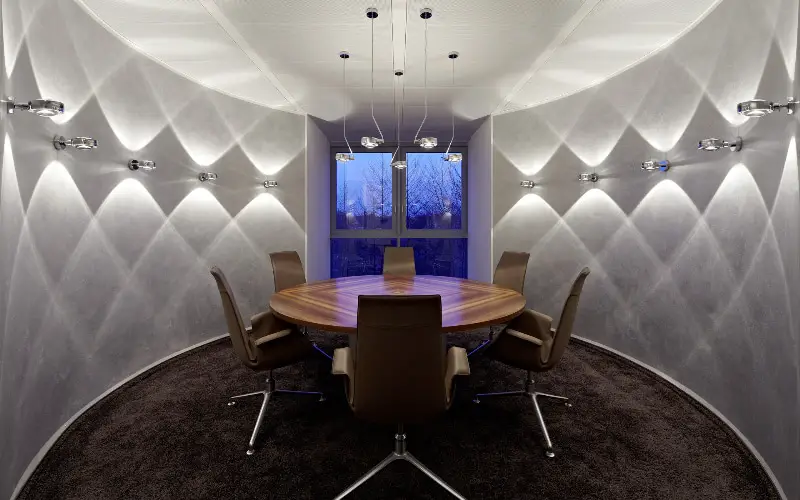
What qualifications do I need to be a lighting designer?
The most frequent requirements for lighting designers are a Bachelor’s Degree and 0–1 of experience, not considering years spent in education and training.
Educational, technical, and practical experience are needed to become a lighting designer. There is no set road to success in this sector, although certain qualifications and traits can boost your prospects.
Education
Lighting designers often have bachelor’s degrees in theater arts, architecture, interior design, or electrical engineering. Lighting design, lighting system technology, and lighting equipment experience are commonly taught in these schools.
Technical Skills
Proficiency in various lighting software and design tools is crucial. Lighting designers should be well-versed in computer-aided design (CAD) software and lighting simulation programs. Additionally, a strong understanding of electrical systems and lighting fixtures is necessary to ensure safe and efficient designs.
Creativity and Aesthetic Sensibility
Lighting design is a blend of art and science, making creativity and an eye for aesthetics vital. Lighting designers must be able to interpret the mood and atmosphere of a space or production and use their artistic flair to create impactful lighting compositions.
Collaboration and Communication
Lighting designers often work as part of a team, collaborating with architects, directors, set designers, and other professionals. Excellent communication and interpersonal skills are essential to effectively convey their ideas and adapt their designs to fit the project’s overall vision.
Practical Experience
Practical experience through internships, apprenticeships, or assisting experienced lighting designers can be highly beneficial. Hands-on experience in real-world projects allows aspiring lighting designers to apply their skills, build a portfolio, and network within the industry.
By combining these qualifications and attributes, aspiring lighting designers can embark on a rewarding career that allows them to craft captivating visual experiences and leave a lasting impact on various artistic, architectural, and entertainment endeavors.
Is lighting design a good career?
This field has been quite beneficial for me. That said, while experienced designers may find the work easy, the hours can be long (and unusual, often working nights for weeks), the deadlines can be unreasonable, and the budgets might be onerous.
Lighting design is a great career for creative, aesthetic, and light-loving people. Lighting designers work in theatre, movies, architecture, interior design, events, and more. You can experiment with numerous styles and challenge yourself to produce stunning visuals with this variety.
The capacity to evoke emotions and impressions through lighting design is really satisfying. Crafting light may create moods, set the tone, and highlight architectural characteristics, all of which contribute to the overall atmosphere of a room or production. You enrich the audience’s experience and leave a lasting impression.
Lighting design allows for ongoing learning and growth. Lighting designers must keep up with trends and practices as technology and sustainability drive innovation. This ever-changing terrain keeps the profession exciting and allows for experimentation with new tools and procedures.
Is it hard to be a lighting designer?
The road to becoming a lighting designer is long, and the effort continues afterward. Be prepared to work nights and weekends. Working 18 hours is common.
Lighting designers must combine technical expertise, artistic flair, and problem-solving skills, making the job tough but rewarding. To learn lighting concepts, color theory, and the latest technology, aspiring lighting designers must undertake extensive training. Lighting design or a similar degree is usually required.
Lighting designers must adapt to different industries and projects, which is difficult. Theatre, live events, architectural settings, and film sets require different approaches to generate the intended impression. Lighting designers must be adaptable and keep learning to meet varied creative concepts.
Lighting designers are also challenged by the entertainment industry’s quick pace and tight schedules. They must work well under pressure with directors, set designers, and cinematographers.
Are lighting designers in demand?
Architectural lighting firms, large architecture and engineering firms that are starting their own lighting design departments, and luminaire manufacturers are all hiring lighting designers right now.
Lighting designers must combine technical expertise, artistic flair, and problem-solving skills, making the job tough but rewarding. To learn lighting concepts, color theory, and the latest technology, aspiring lighting designers must undertake extensive training. Lighting design or a similar degree is usually required.
Lighting designers must adapt to different industries and projects, which is difficult. Theatre, live events, architectural settings, and film sets require different approaches to generate the intended impression. Lighting designers must be adaptable and keep learning to meet varied creative concepts.
Lighting designers are also challenged by the entertainment industry’s quick pace and tight schedules. They must work well under pressure with directors, set designers, and cinematographers.
What is the scope of lighting designer?
He/She creates lighting and ambience alongside the director, choreographer, stage designer, costume designer, and sound designer.
Lighting designers work in many businesses and artistic fields. Theatre, film, television, live events, architecture, interior design, and virtual reality all benefit from lighting designers. They use light to create intriguing and immersive environments that inspire emotions and enhance storytelling.
Lighting designers collaborate with directors and set designers to create lighting schemes that enhance the story, set the mood, and highlight significant moments in theatre and film. They work with architects to highlight buildings and landscapes’ distinctive traits and create eye-catching exteriors.
Lighting designers also find opportunities in live events, ranging from concerts and music festivals to corporate presentations and fashion shows. They are tasked with producing dazzling lighting displays that elevate the overall experience for attendees.
With the advent of advanced technologies, the scope of a lighting designer has expanded further. They now work with cutting-edge tools, such as LED lighting systems and computer-controlled fixtures, which offer endless creative possibilities.
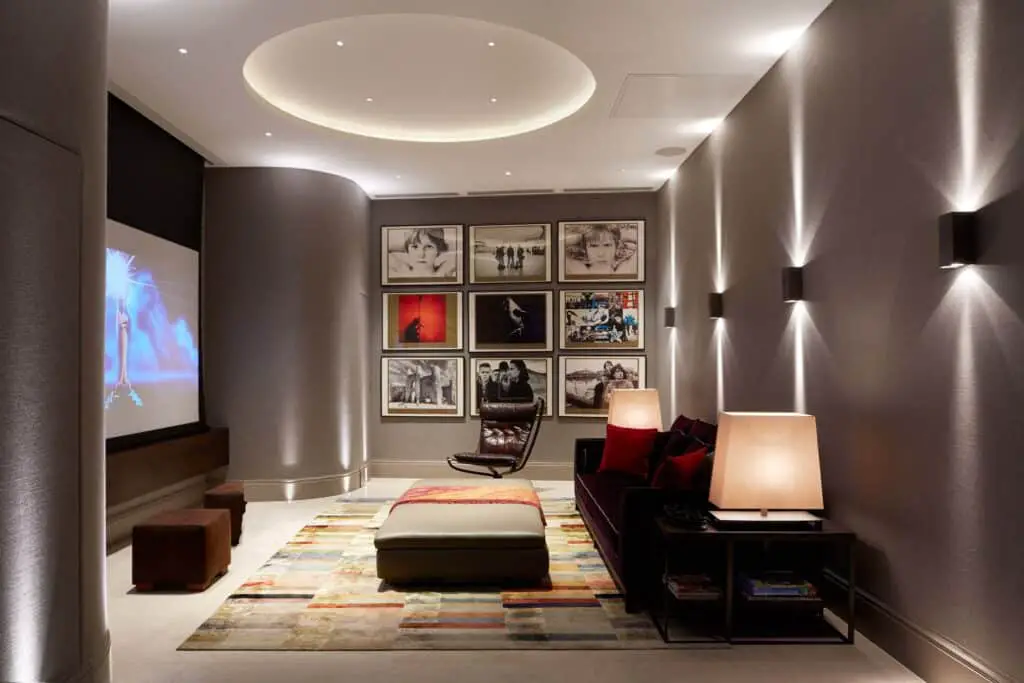
Why hire a lighting designer?
An attentive lighting designer adds professionalism, service, focus, and structure to a complex and sometimes chaotic design and procurement process.
A lighting designer may improve the entire experience and impact of any project or place, including a theater play, film, event, retail space, or residential property. Lighting designers employ their technical expertise, aesthetic vision, and creativity to create captivating visual environments that engage audiences and users.
Lighting designers are hired for their ability to use light to generate emotions, set moods, and enhance storytelling. Their expertise in lighting, color theory, and shadow play allows them to create a dynamic and immersive environment that meets project goals.
Lighting designers also provide sustainable, efficient solutions. They can choose energy-efficient lighting fixtures and technologies to save money and reduce the project’s environmental impact.
What is a interior lighting designer?
They create functional and attractive lighting plans to improve a home or business’s architecture and interior decor. Lighting designers know architectural and design codes and have a good eye.
An interior lighting designer excels at designing and installing lighting systems that improve indoor environments’ aesthetics, functionality, and atmosphere. These specialists comprehend light and shadow and have extensive knowledge of lighting technologies, fixtures, and control systems. Light is their main tool for creating inviting, attractive, and useful spaces.
Interior lighting designers collaborate with architects, interior designers, and clients to create lighting schemes that match the design concept and meet space needs. They take into account the space’s intended use, mood, and tasks. They may seamlessly integrate natural and artificial lighting sources to enhance energy economy and luminance.
Interior lighting designers may use accent lighting to emphasize architectural features or artworks, task lighting to support specific activities, and ambient lighting to set a mood. They also use the newest lighting technologies and sustainability techniques to provide eco-friendly, affordable solutions. A skilled interior lighting designer can turn indoor spaces into appealing and useful locations that inspire and enrich the human experience.
Is a lighting designer an engineer?
Architectural lighting designers use art, science, engineering, physiology, psychology, and commerce to improve the aesthetics, environmental performance, and social equality of buildings.
Lighting designers are not engineers, but they may work together depending on a project’s needs. Lighting designers prioritize aesthetic and innovative lighting. They know how to employ light, shadows, colors, and intensity to convey emotions and enhance visual narrative.
Lighting designers know a lot about lighting fixtures, technology, and procedures, but they specialize in aesthetics and art. They collaborate with directors, set designers, and other creatives to ensure that lighting enhances the project’s concept.
However, an electrical or architectural engineer focuses on lighting system technicalities and practicalities. Lighting installation, wiring, safety, and energy efficiency are their priorities. Engineers ensure the lighting design is feasible, fulfills building requirements, and works safely and dependably.
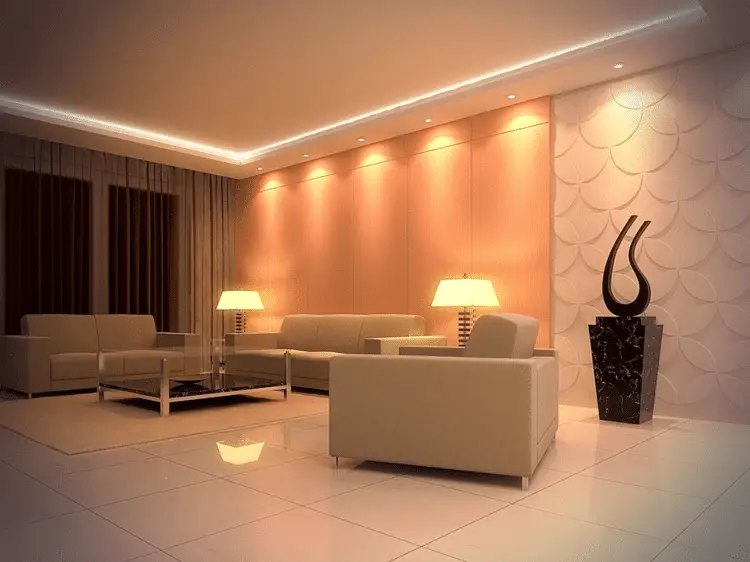
Conclusion
Becoming a lighting designer is an exciting and rewarding journey that combines creativity, technical expertise, and a passion for transforming spaces through the interplay of light. Throughout this guide, we have explored the essential steps and considerations on how to become a lighting designer. It is evident that a strong foundation in the relevant field, such as architecture, interior design, or theater, provides an excellent starting point for aspiring lighting designers.
Continuing education and staying up-to-date with the latest lighting technologies and design trends are vital aspects of a lighting designer’s career. Pursuing specialized courses and certifications not only enhances one’s knowledge but also boosts credibility and opens doors to more significant opportunities. Furthermore, networking and building relationships within the industry can lead to collaborations, referrals, and exposure to exciting projects.
The lighting fixtures. If you’re not confident with electrical work, it’s best to hire a professional electrician to ensure proper installation and adherence to local electrical codes. Take care to bury or hide wires to maintain the aesthetics of your landscape. Additionally, gaining practical experience through internships, freelance projects, or working with established professionals can offer invaluable insights into the industry and help build a robust portfolio.



